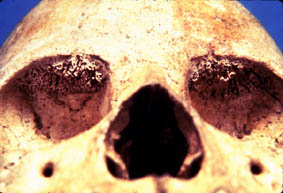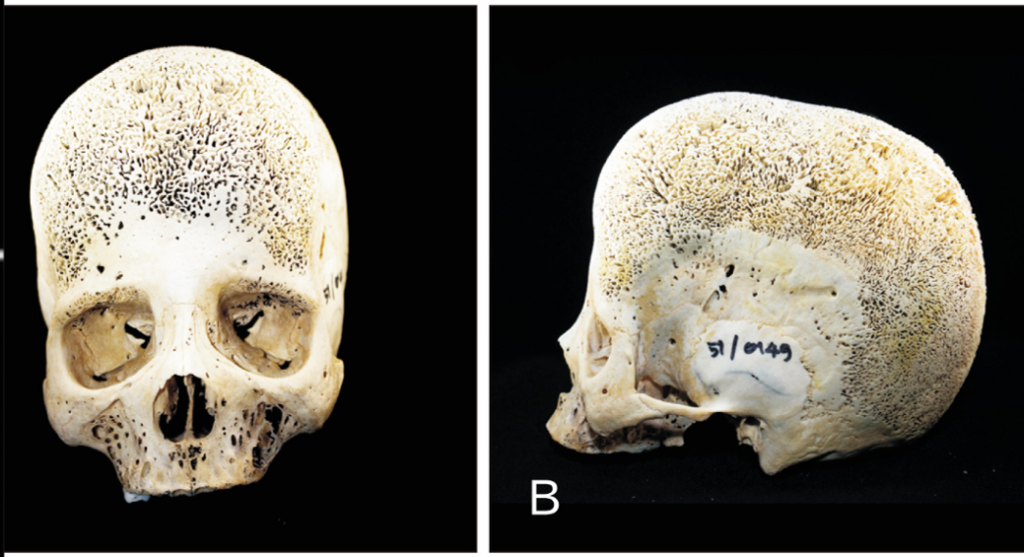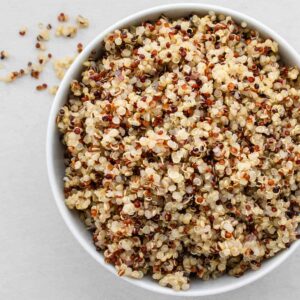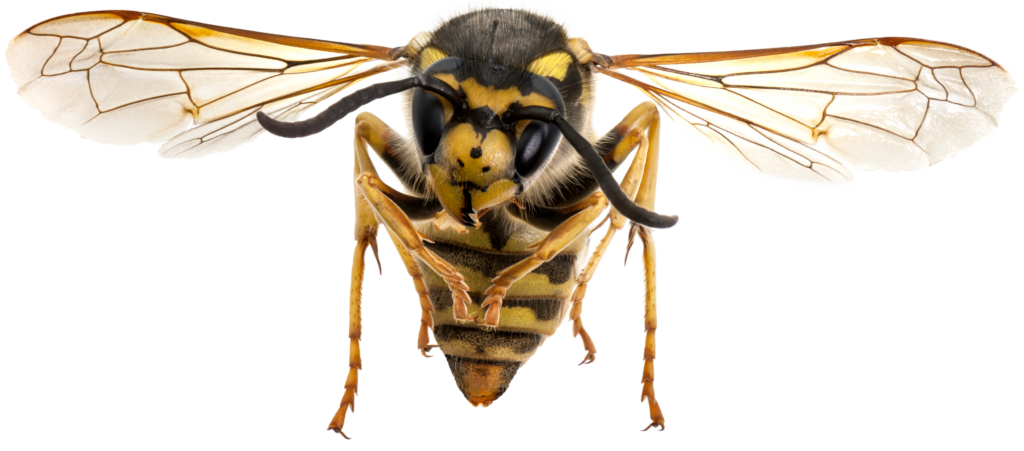Today we are told to eat less meat and more vegetables. Vegetarian and vegan habits are on the rise, and there is a movement to resurrect the “Paleo Diet.” While such recommendations may have good standing against an overly rich and indulgent modern diet, it is interesting to examine what effect agriculture and increasing plant-based foods meant to the early farmers. The answers are not what we might expect.
Early humans would have relied on both animal protein (likely insects, lizards, small mammals and birds, occasional carrion) and leaves, shoots, and fruits, as other large primates do. The grains that make up so much of the world diet today would have been too hard to chew and difficult to collect in large quantities for them to have been a significant part of the diet. But with agriculture, certain grains were grown in large amounts, and could be stored for later. Cooking or crushing to make a coarse meal helped with chewing and digestion. Depending on where the early farmers were, they might rely on wheat, rice, oats, or corn (which constitute the main grains worldwide today), or other grains. Establishing these foods as a large part of the diet is a major departure from the ancient patterns that prevailed throughout most of our evolutionary history.

Anthropologists have long known that proper nutrition is a challenge in all cultures, but particularly in those that have limited technology or trade. Native American populations in marginal environments evidently struggled with chronic malnutrition as demonstrated by study of skeletal remains. One of the most common afflictions is caused by a shortage of iron in the diet, a result of replacing small animals with grain as a staple. Whereas animals have iron in their muscle and in red blood, grains have very little. Such a shortage of iron produces anemia in these subsistence farmers, a blood disease that leaves the person weak and tired much of the time. In addition, the skeleton does not grow properly, with bones being spongy where they do not bear weight. It has been demonstrated that the Native Americans of Florida that were Christianized by early Spanish missionaries and became farmers dependent on a few European crops frequently developed such problems, whereas those who remained in their traditional culture had few or none of these afflictions.
Recently, a team lead by Penn State researchers studied 167 prehistoric European skeletons spanning the period when agriculture was adopted about 12,000 years ago (see title photo of ancient grave). Through a comprehensive DNA analysis on the bones, and by comparing early farmers and those who preceded farming but have similar DNA makeup, they were able to estimate the change in stature among them that accompanied farming and the imbalanced diet. The early farmers were about two inches shorter than their predecessors, and about one inch shorter than later people who had greater technology. Of course, living in greater densities carries with it other challenges, such as increased incidence of disease, but the study nonetheless represents the best estimate to date of the physiological cost of early agriculture.

Returning to the problem of iron deprivation, how should we eat to receive the iron we need? Women who are of childbearing age should aim for 18 milligrams (mg) of iron per day, whereas men need only half that. If the consumer is a vegetarian or vegan, the daily requirement may be doubled because the iron contained in vegetables is not as easily absorbed by our digestive systems. Vitamin C helps with the uptake, so including citrus in the diet is a good idea. Of course, eating meat is the easiest way to get iron, and a three-ounce serving of lean ground beef has about 2.2 mg. But, recall that we started this blog with the recommendation to limit red meat intake.
According to Prevention.com, vegetable foods that are good sources of dietary iron include these:
Breakfast foods
Serving size food iron
100g bowl instant oatmeal 2.2mg
1 bagel, no topping 3.75
½ cup instant grits 7.1
1 oat bran muffin 4.75Side dishes
½ cup cooked spinach 3mg
½ cup white beans 3.5
Cup cooked Swiss chard 4
Cup red kidney beans 5
½ cup lentils 3.3
4 oysters 7.8
1/3 cup white rice 3
Cup peas 2.5
Cup chickpeas 5
Cup sweet potato 2.4
Cup edamame 3.5
6 ounces tofu 3
1 lg. baked potato w/skin 3
Cup enriched pasta 2.4
Cup quinoa 3
Snacks
1 ounce dark chocolate 3.4
Cup pumpkin seeds 3.7
Cup dried apricots 3.5
Cup raisins 3.7
2 ounces cashews 3.8
2 ounces walnuts 3.8
2 ounces Brazil nuts 3.8
The problem with the early farmers is not that their food was not good, but rather that they relied too much on the few crops they grew. A varied diet based on balancing different foods is the best way to insure proper nutrition.


